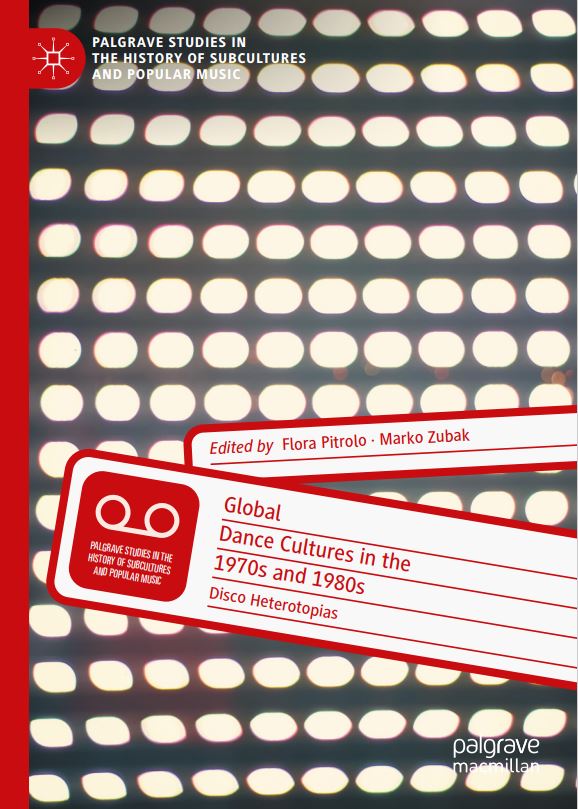This book explores some of disco’s other lives which thrived between the 1970s and the 1980s, from oil-boom Nigeria to socialist Czechoslovakia, from post-colonial India to war-torn Lebanon. It charts the translation of disco as a cultural form into musical, geo-political, ideological and sociological landscapes that fall outside of its original conditions of production and reception, capturing the variety of scenes, contexts and reasons for which disco took on diverse dimensions in its global journey. With its deep repercussions in visual culture, gender politics, and successive forms of popular music, art, fashion and style, disco as a musical genre and dance culture is exemplary of how a subversive, marginal scene – that of queer and Black New York undergrounds in the early 1970s – turned into a mainstream cultural industry. As it exploded, atomised and travelled, disco served a number of different agendas; its aesthetic rootedness in ideas of pleasure, transgression and escapism and its formal malleability, constructed around a four-on-the-floor beat, allowed it to permeate a variety of local scenes for whom the meaning of disco shifted, sometimes in unexpected and radical ways.
Purchase this book here.

